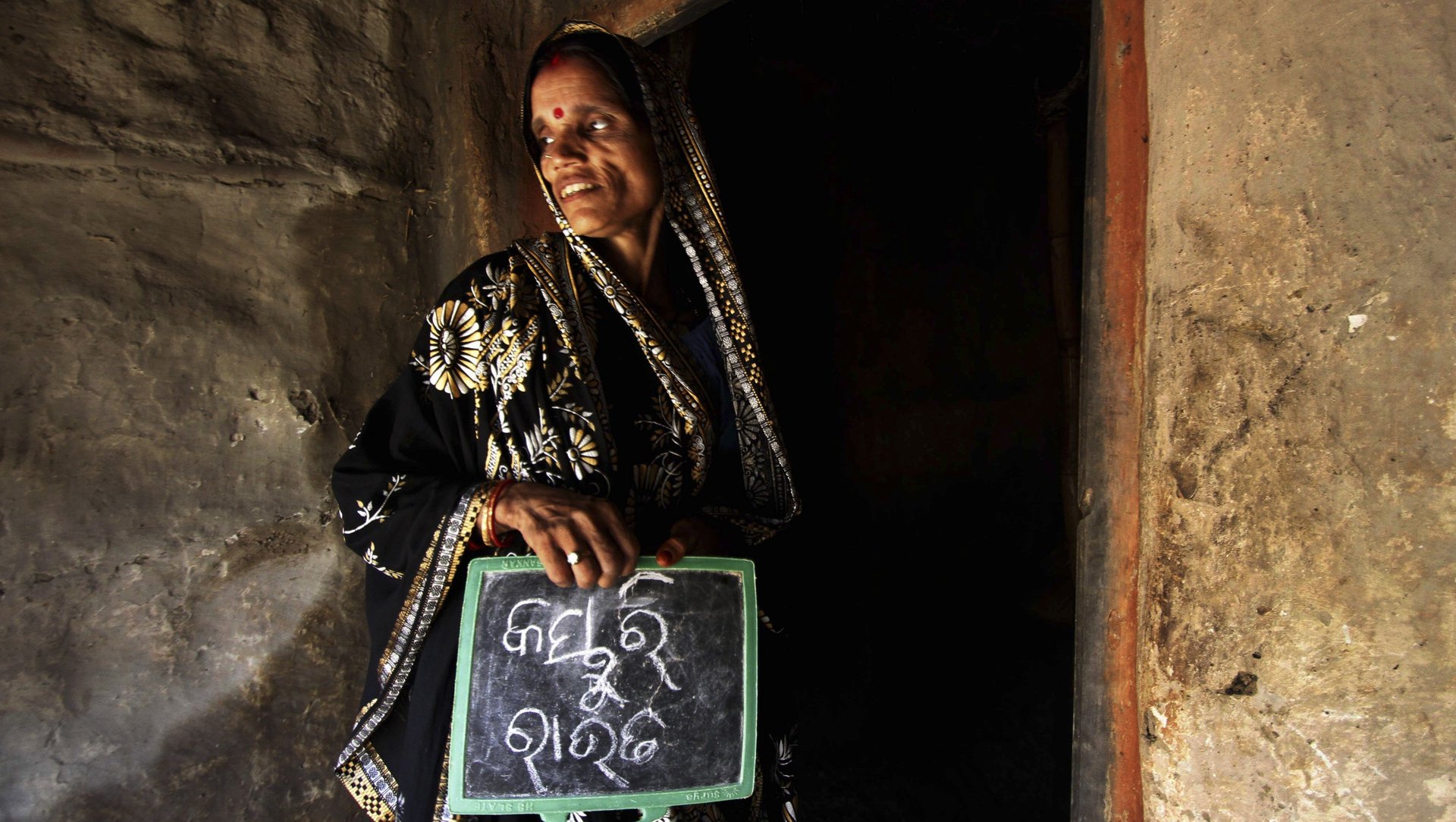Seven charts that show how global progress is bypassing women
World poverty is on the decline, with less global hunger and more access to education and healthcare, the United Nations trumpted in a new report on its Millennium Development Goals. But progress on the targets established in 2000 is very slow for women, and especially those in developing regions.


World poverty is on the decline, with less global hunger and more access to education and healthcare, the United Nations trumpted in a new report on its Millennium Development Goals. But progress on the targets established in 2000 is very slow for women, and especially those in developing regions.
“I am keenly aware that inequalities persist and that progress has been uneven,” UN secretary general Ban Ki-Moon writes in the introduction to the report. “Progress tends to bypass women and those who are lowest on the economic ladder or are disadvantaged because of their age, disability or ethnicity.”
School enrollment
Primary school enrollment in developing regions rose from 83% in 2000 to 91%, and the literacy gap between young women and men has narrowed, but many girls are left out from the beginning.
The workforce
Women constitute 41% of workers in the non-agricultural sector, only a small increase from 1990, when it was 35%.
Government
Family planning and teenage births
In some regions, births among teenagers have barely declined. In Sub-Saharan Africa, for instance, in 1990 there were 123 births per 1,000 women aged 15 to 19. Today, it’s 116 births, a marginal decrease.
An overwhelming number of women still give birth without the help of trained medical personnel.